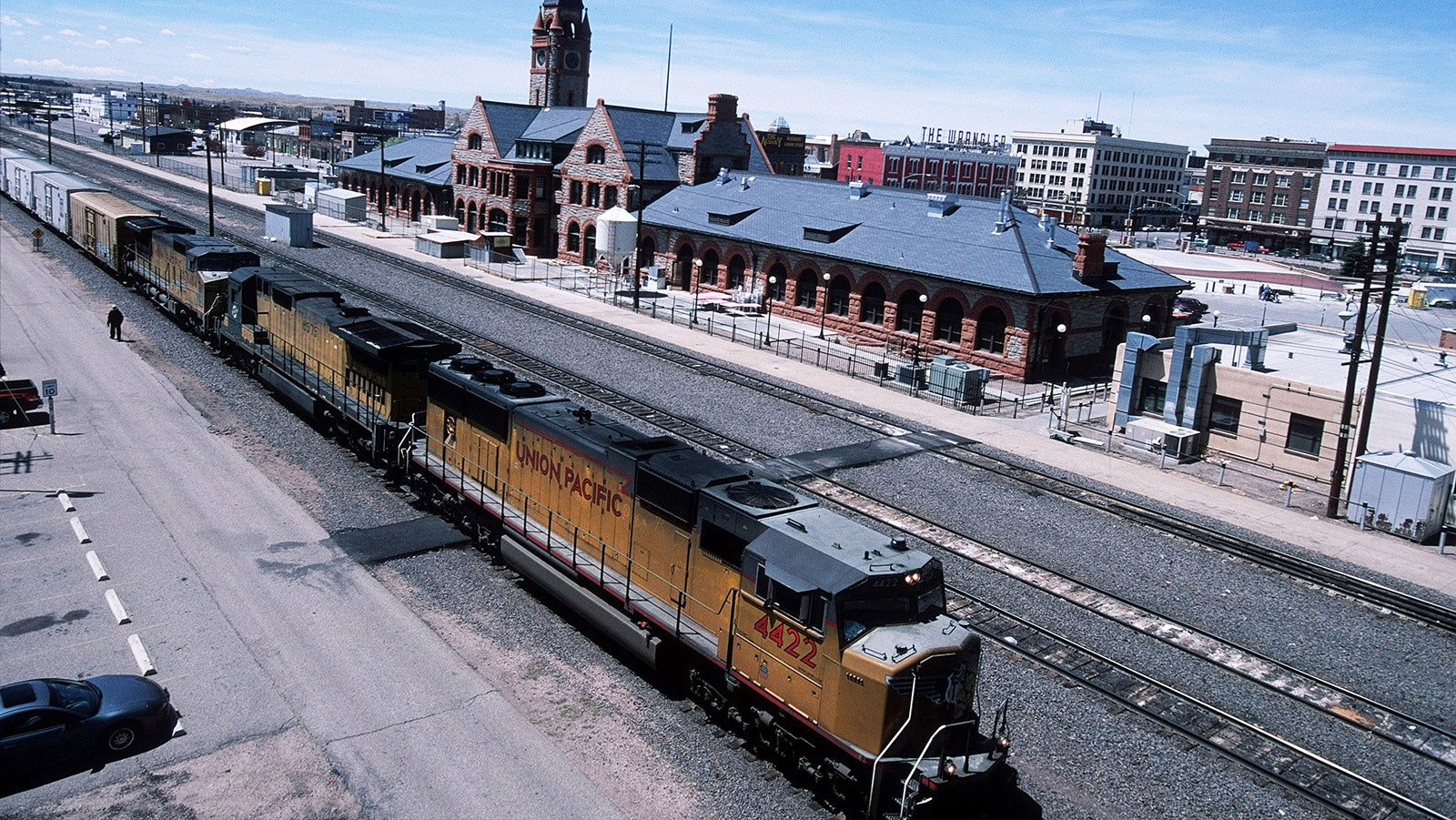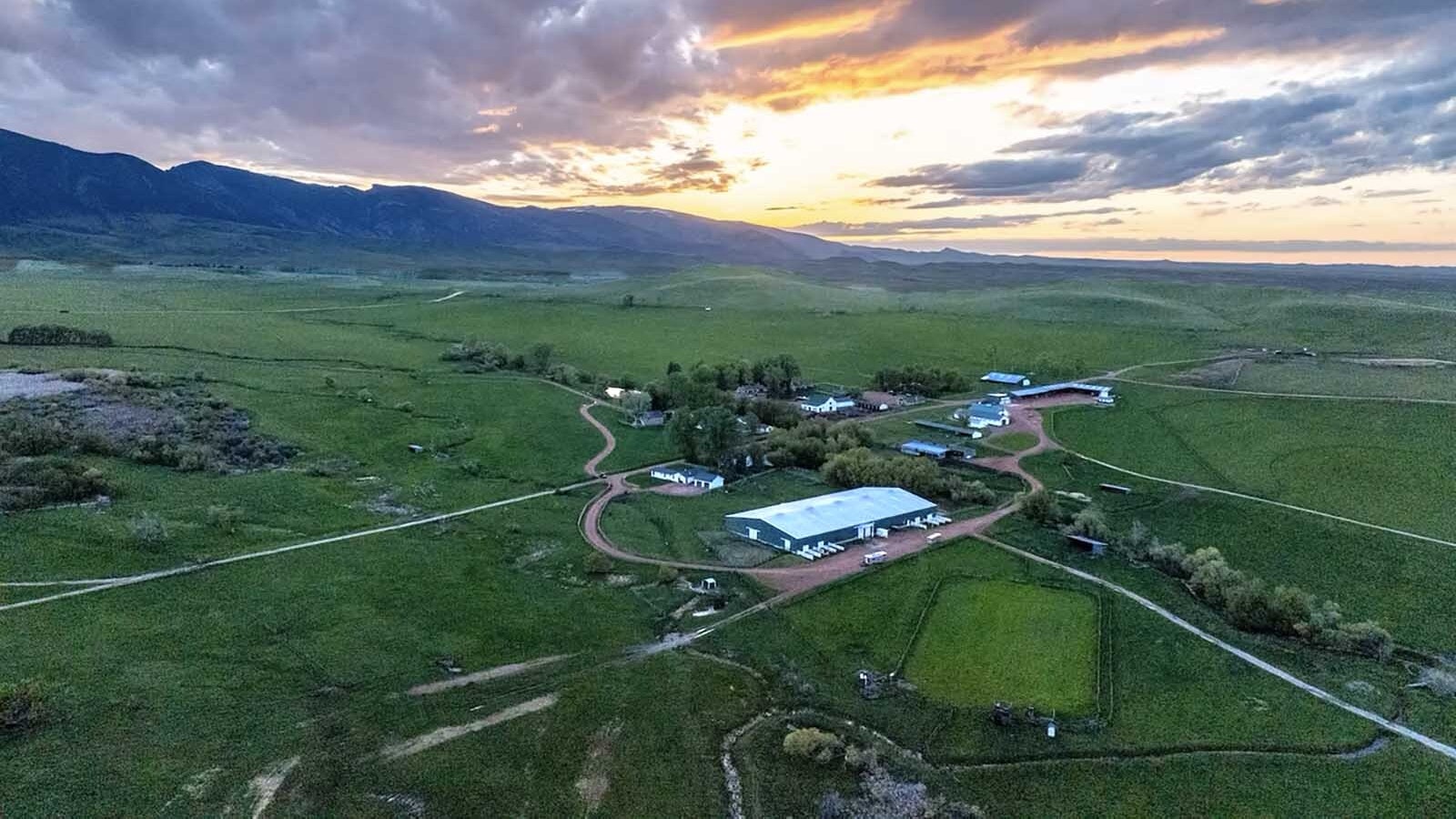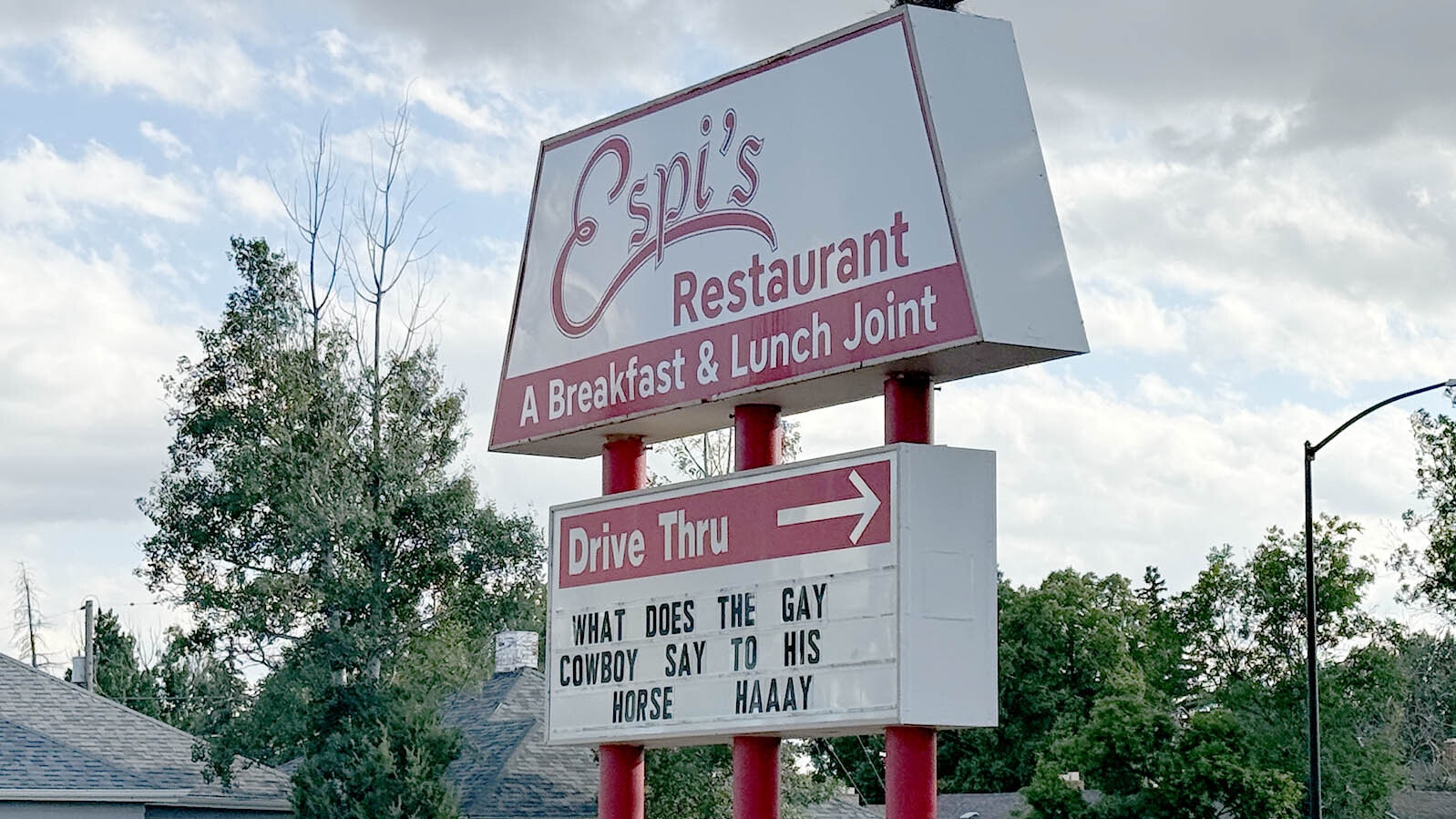Population density has long been used to give rural, so-called flyover states the shaft when it comes to a wide variety of infrastructure and services, including options for passenger rail.
Most efforts to address that have approached the problem piecemeal, trying to get particular routes started, or in some cases restarted. Those have been fairly easy for Congress to fend off, given the difficulty in building a broad coalition of support for such projects.
But a new effort that would repurpose freight rail lines is taking a more comprehensive look at the overall national picture and showing how leaving out flyover states like Wyoming is affecting the overall transportation grid.
They’re hoping a broader approach can gain support where past efforts have failed, and they’re eying the $66 billion that was dedicated in the so-called "Infrastructure and Jobs Act" specifically for rural rail projects.
“One of the things that it says in the act is that rural projects should be given priority,” All Aboard NW Vice President Charles Hamilton told Cowboy State Daily.
All Aboard NW is an advocacy group promoting the needs of rail passengers in the Greater Northwest region of the United States. Formed in 2022, their mission is to ensure that Wyoming and other states in the region have an equal voice in proposed uses for the bipartisan infrastructure bill’s funding for rural rail services.
Dan Bilka, All Aboard’s co-founder and president, said the new approach has generated interest all across the board, including in the Cowboy State.
“I have been very impressed with your fellow Wyomingites all across the state on how they seem to be vocally interested in trying to get that information out there,” he said.
In fact, where previous efforts to improve rural rail services in flyover states didn’t attract Wyoming engagement, this one has resulted in a dozen or so letters to the U.S. Department of Transportation, supporting the concept.

What’s In It For Wyoming
The proposals All Aboard NW is working on aren’t intended to develop a comprehensive plan for each flyover state.
Rather, it’s looking at leveraging existing freight lines to upgrade or improve them, so they can function as passenger lines in the future.
Amtrak, meanwhile, is in the process of buying more equipment, Bilka said, and could implement new passenger routes as they become available.
In Wyoming, the green lines on All Aboard NW’s draft project map show two main goals.
The first is restarting the Pioneer line, which was closed in 1997 due to Congressional budget cuts. That route crossed through southern Wyoming for daily service, connecting Cheyenne to Salt Lake City.
The second is adding one of two possible north-south routes, both of which would ultimately land in Billings, Montana.
The north-south route helps more efficiently connect Wyoming with major east-west routes that could essentially take a Wyomingite any direction they wanted to go in the United States, whether that’s Chicago, St. Louis, Denver, Salt Lake City, Las Vegas, Fargo, New York, Miami and so on.
The westernmost north-south route would pass through Greybull, Worland, and Thermopolis tying into Casper, Douglas, and Cheyenne on a route that would land in Denver to the south. The Eastern north-south route would pass through Casper, Gillette and Sheridan on its way to Billings, from the same Cheyenne route that connects up with Denver to the south.
“They’re going to choose one or the other north-south route,” Bilka said. “But that doesn’t preclude the other one from being considered in the future.”
Keeping the options conservative is part of keeping the overall project within a budget that’s more likely to find favor as a package, helping advance and improve the overall transportation grid.
Nothing precludes the possibility of building green-field routes in the state eventually, Bilka added.
For example, there isn’t an existing freight line serving the Jackson Hole area, which includes the Cowboy State’s largest tourist destination at Yellowstone National Park.
In Montana, a rail line that serves Glacier National Park suggests that building rail service to Yellowstone could be a popular transportation method — if it existed. A lot of tourists take trains to access Glacier National Park, Bilka said, which cuts down on overall traffic congestion there.
Wyoming could take a similar tack in the future if it wanted to, but it wouldn’t be part of the existing plan, since green-field construction would be much more expensive.

The Donut Hole
One of the first slides that Bilka likes to show in his presentation is the rather obvious, oblong-shaped donut hole that sits over Wyoming and the surrounding states of Montana, Idaho, Nebraska, South and North Dakota — the so-called flyover states.
“People live here,” is printed in large letters across that donut hole.
It’s a wry moment that has a serious point. It shows not only how a large area of the West has been completely ignored when it comes to passenger rail service, but it also shows clearly how travel from larger communities is broken and bent, too, all because such a large area in the middle of the country has been completely ignored.
“It’s high time that we actually get on the map with passenger rail services that aren’t completely denigrated and left out,” Bilka said. “The big thing I’m trying to professionally push back on is people are always criticizing, ‘Oh you don’t have the population density.’ But we do have the travel demand.”
That’s when he pulls up statistics showing the rail strength in communities like the highland in North Dakota and Montana.
“They really punch above their weight for ridership,” Bilka said. “And I know the same was true for the Pioneer out through southern Wyoming when it was running, especially when it was running for daily service. That’s a really critical connection point for people in the communities and out in our region where we have greater need to travel longer distances more frequently and in adverse weather conditions.”
Addressing that would improve safety for large groups of people, but it would also address deficiencies in the system where people struggle to find a train that could take them from points A to B, where B is one of the larger metropolitan cities.
There are a variety of reasons someone living in a rural area might need that kind of service aside from safer winter travel, Bilka added.
“Among the medical community, they’ll tell you, you know, our people can’t get from our town to, say, Seattle or Spokane if they need heart care or they need specialty care of one sort or another,” Bilka said. “And right now, we’re doing a survey with the medical community to find out how patients living in rural areas are getting to big cities where they need that care.”
Renée Jean can be reached at renee@cowboystatedaily.com.





